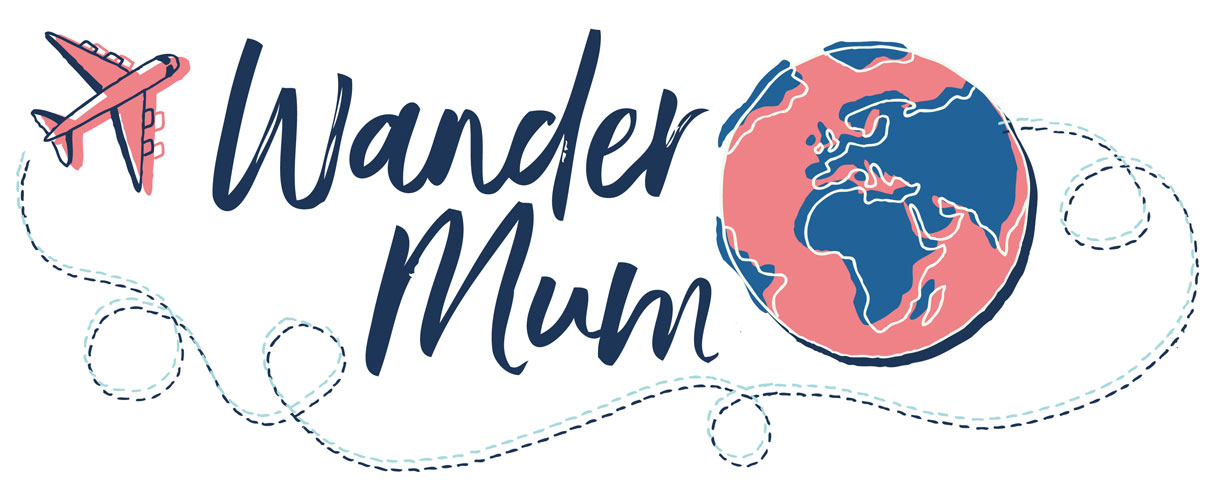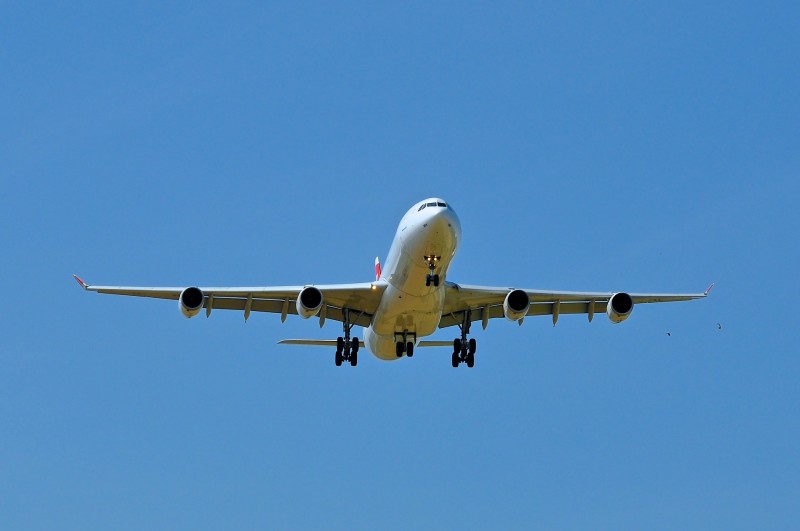I recently had an unusual airport experience. One I had never encountered before. We had spent some time in France and instead of going back to the UK we were meeting family in Mallorca in Spain – via Geneva. After landing at Palma airport, we walked through the airport and, before we knew it, we were in the luggage hall, out the door and collecting our hire car. It all seemed a bit too easy – and quick. No queues – great. But no security. Not once did I reach into my bag to get out my passport. Not once was my identify checked or were we questioned on why we were in the country. What I had experienced, first hand, was the Schengen agreement.
The pact is under scrutiny at the moment as mass migration to Europe continues from war torn areas such as Syria. The Schengen Agreement was set up to allow people to move freely through Europe without having their passports checked as they entered each country. But times are changing and Schengen is being tested as borders struggle to cope with the volume of people seeking to cross Europe – an estimated 500,000 so far this year – many of whom are desperate families fleeing war and persecution.
Originally set up to promote trade and encourage tourism, the treaty was signed in 1985 on a boat in the town of Schengen, Luxembourg close to the German and France borders. It was first implemented in 1995 and today has 26 members. The UK and Republic of Ireland are the only EU members to opt out of the agreement so as a UK citizen I only come across it when I am travelling internally within Europe.
Now the porous borders of the Schengen area are being tested with many countries, including Germany, Austria and Slovakia choosing to reintroduce border checks to stem the flow of migrants. Meanwhile, applications from countries such as Romania which want to become a members of Schengen have been put on hold.
As a UK citizen, I have never experienced Schengen in an airport before. We have been waved through the border between France and Switzerland and welcomed the convenience of breezing through France into Belgium on a holiday to Bruges. But somehow travelling by air made it all the more real. We aren’t European citizens. If we could get through – who else could? Sure, we had to show our passport to get on the flight but where else could we move onto, unchecked. It was the complete opposite of America. Those who have been to the U.S. know how an encounter with border officials can feel like an interrogation as you are rigorously questioned before being allowed into the country.
My main worry was security. Who could be passing through the borders? Not so long before we went on our trip, a man travelling by train from Belgium to France attempted to launch an attack before being thwarted by U.S. servicemen who happened to be passengers.
In an age when we are facing increasing threats from militant groups has Schengen become outdated? Sure, the Schengen area is convenient for business travellers and holidaymakers but perhaps it is in need of modernising to accommodate an expanding Europe.


Interesting post – like you I’ve experienced Schengen at road borders but it does feel different at airports. I even feel a bit surprised at not needing to show my passport if I fly to Scotland… It is such a wonderful idea, it would be a shame if it had to be abandoned.
Cathy (MummyTravels) recently posted…13 reasons to visit Ljubljana, Slovenia
Hi Cathy, yes, it felt very different experiencing it at an airport. I think we have come too far for it to be abandoned so I have little doubt it will survive, thankfully, but perhaps it does need some modifications – so it can keep a better track of people who could be a risk to the public. x